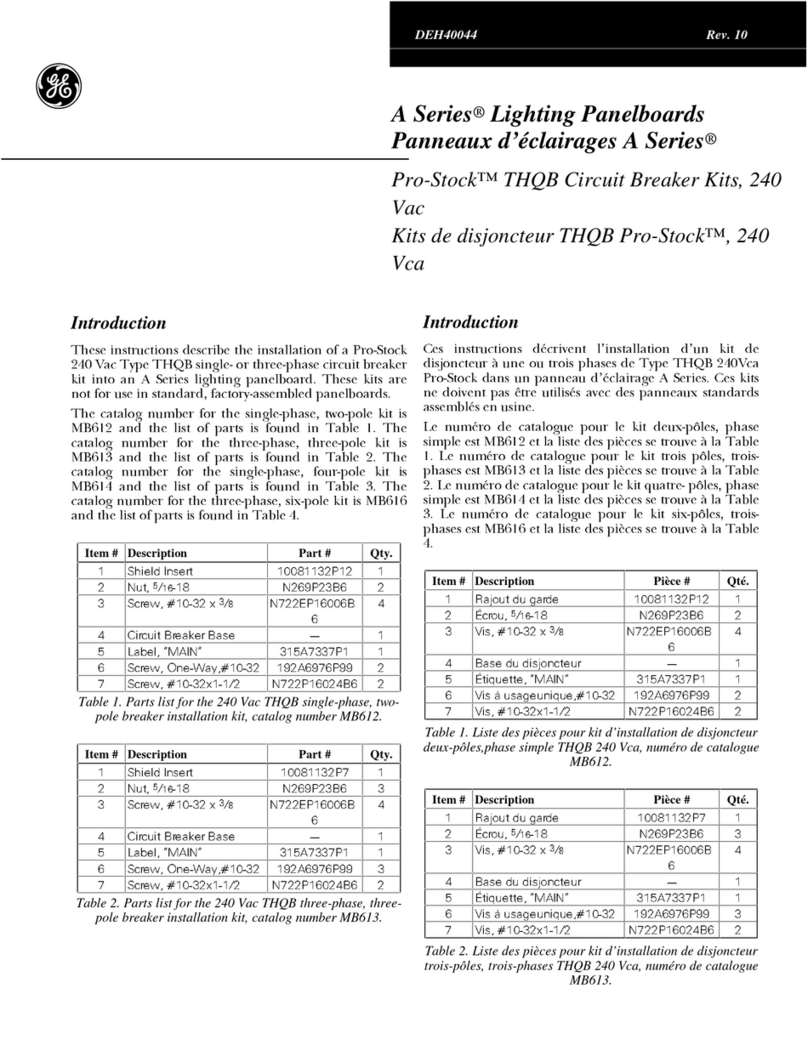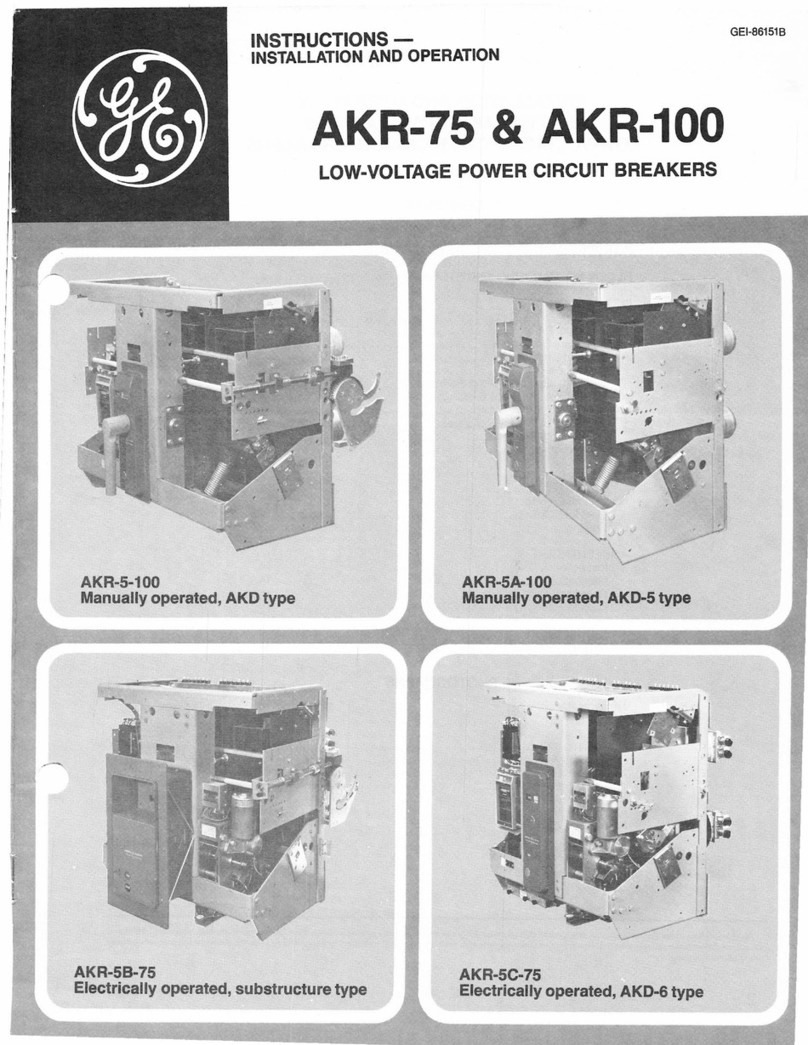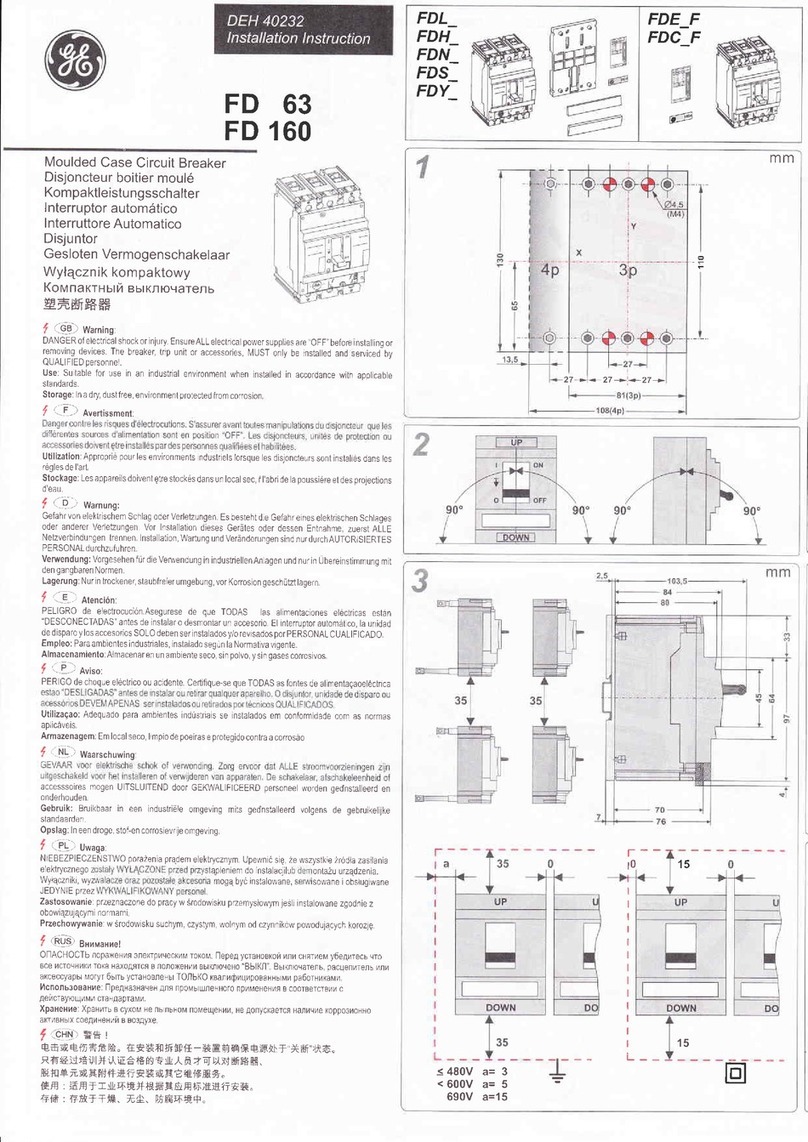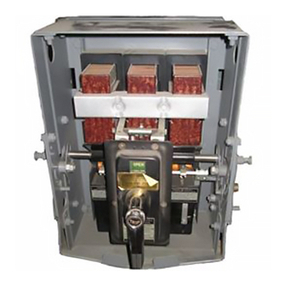GE GEK-7345 User manual
Other GE Circuit Breaker manuals
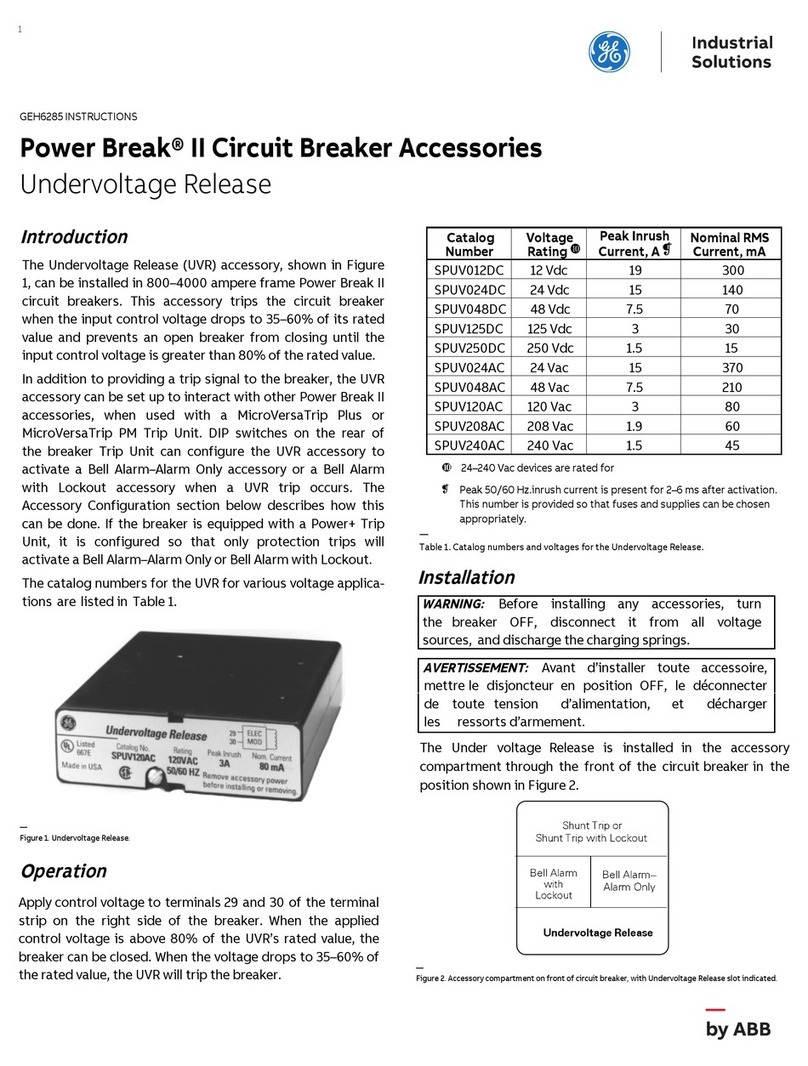
GE
GE Power Break II SPUV012DC User manual

GE
GE Spectra Series AMC3FGB User manual

GE
GE FE 160 User manual
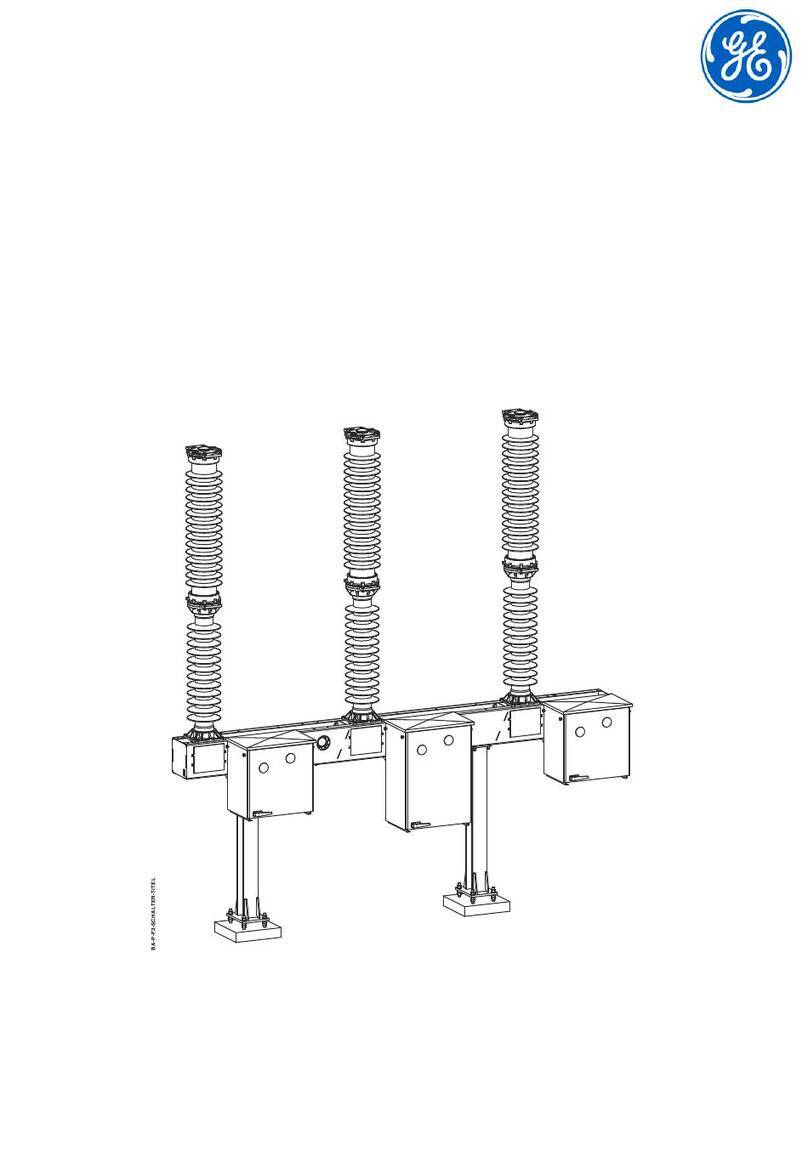
GE
GE GL 310 F3/4031 P/VR User manual
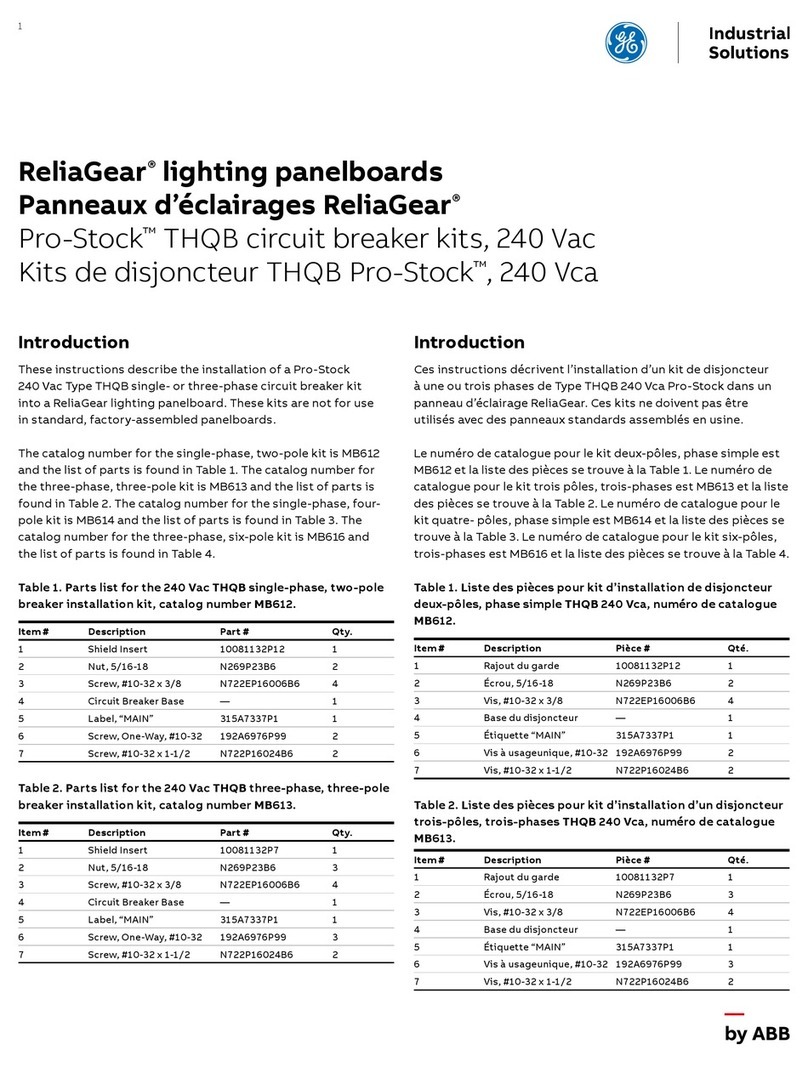
GE
GE ReliaGear Pro-Stock THQB User manual
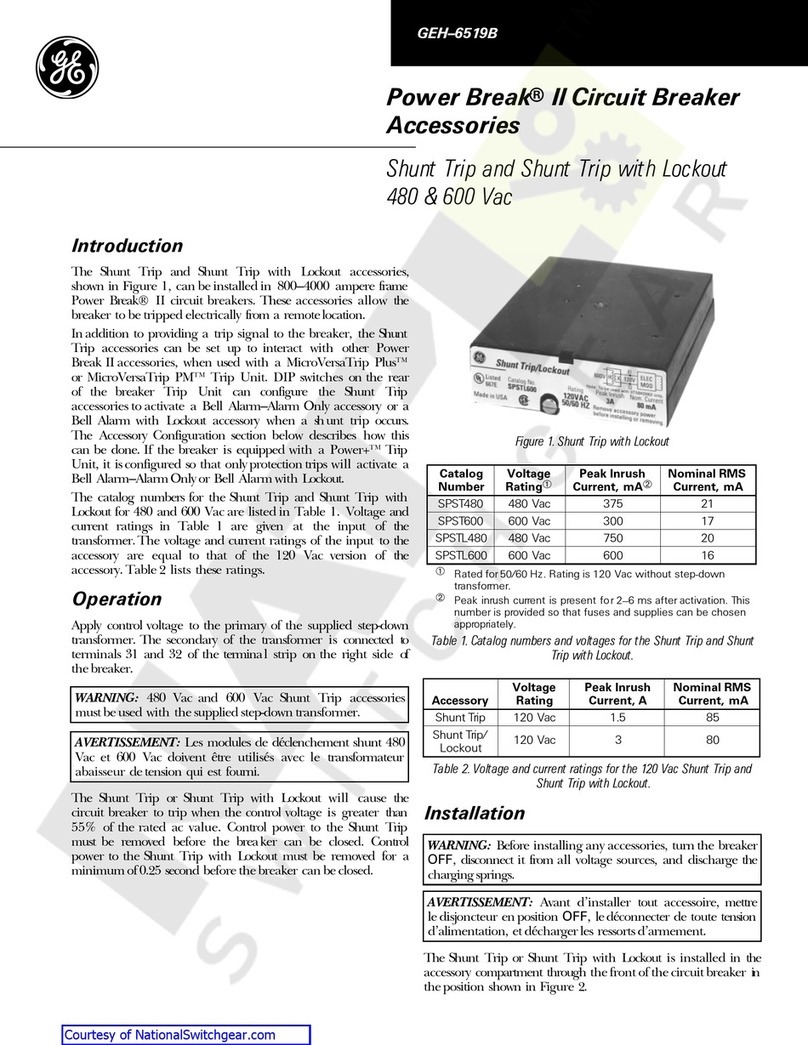
GE
GE SPST480 User manual

GE
GE PowerVac GEK-86132F User manual

GE
GE Magne-Blast AM-13.8-1000-3H User manual

GE
GE FK800 User manual

GE
GE Power Break II User manual
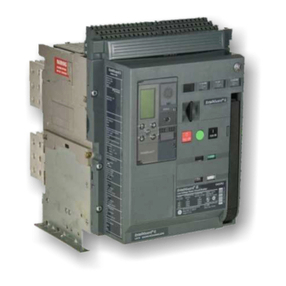
GE
GE EntelliGuard G User guide

GE
GE A Series Pro-Stock TQD User manual
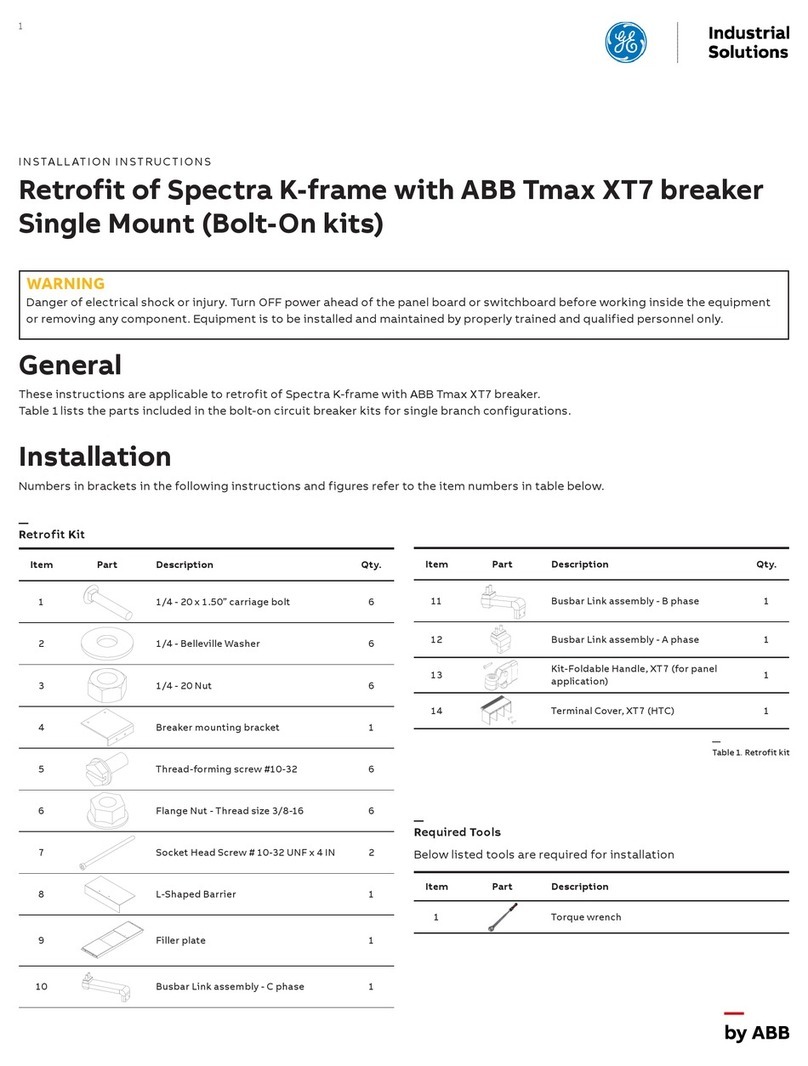
GE
GE Spectra K-frame User manual
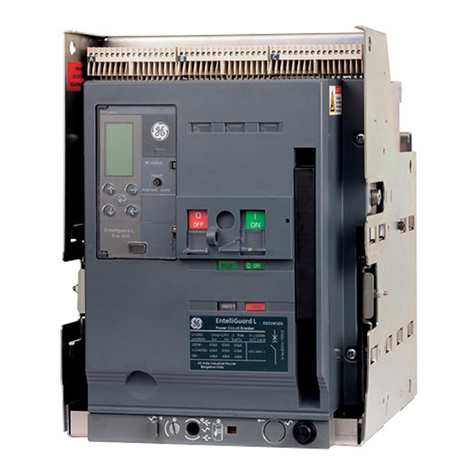
GE
GE EntelliGuard AKR30S-800A User manual
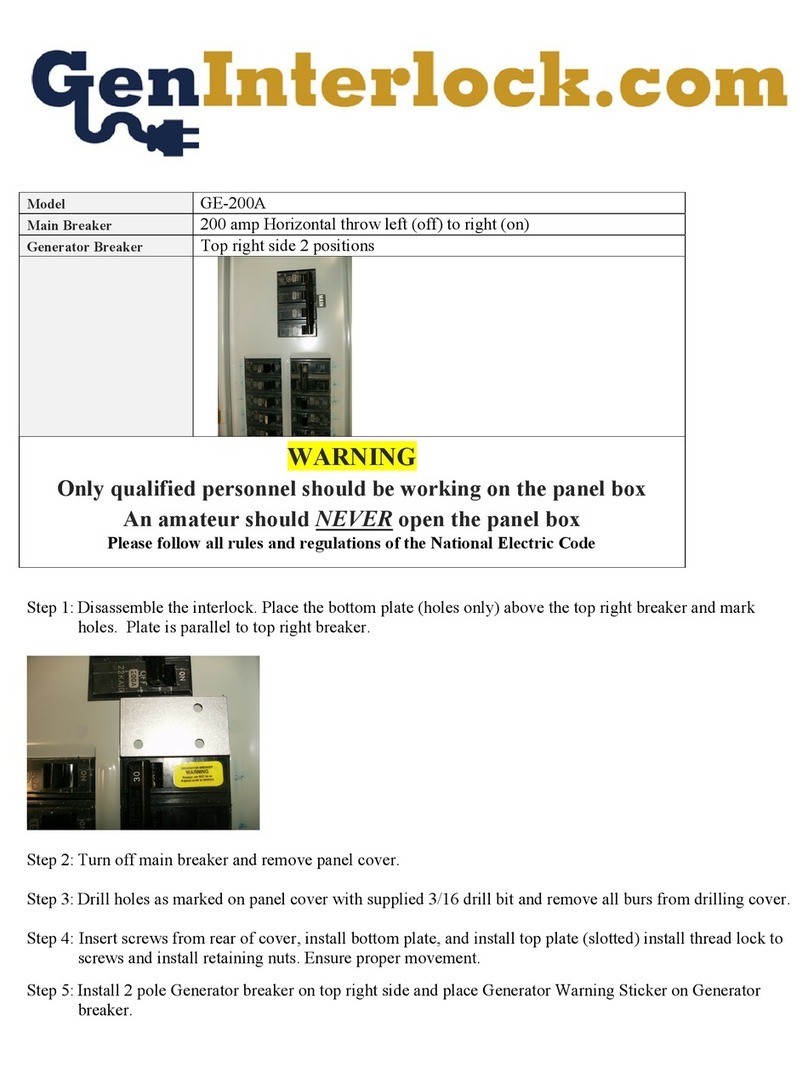
GE
GE GE-200A User manual
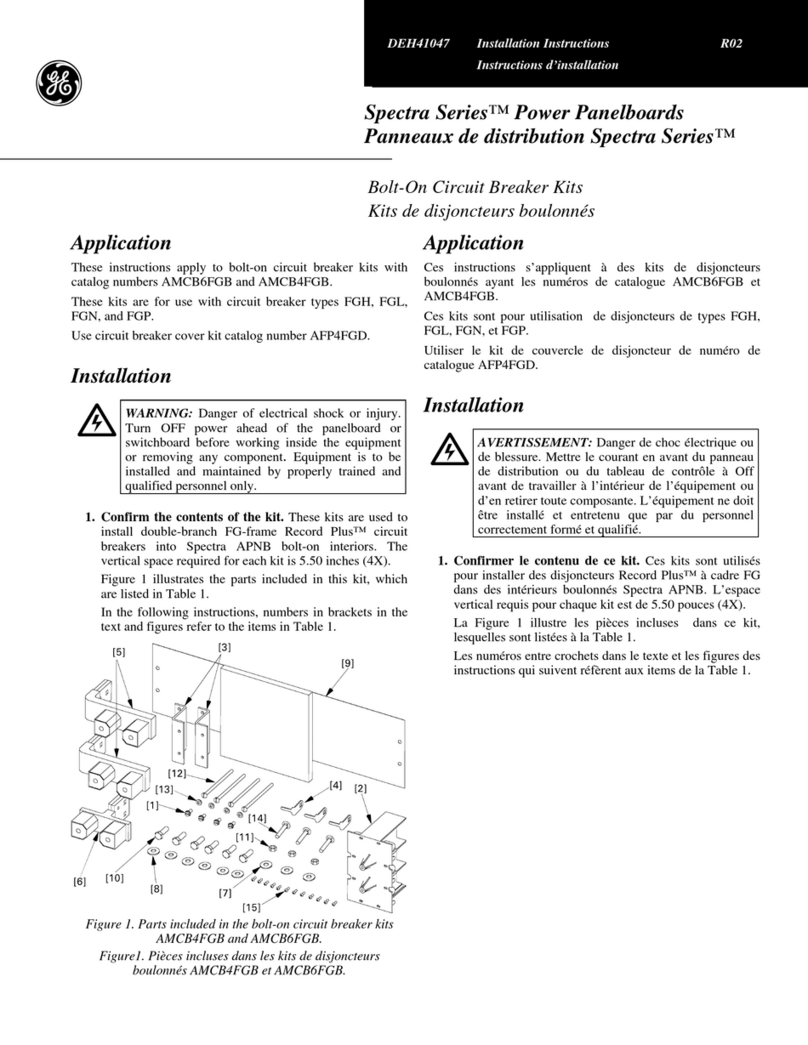
GE
GE Spectra Series AMCB6FGB User manual
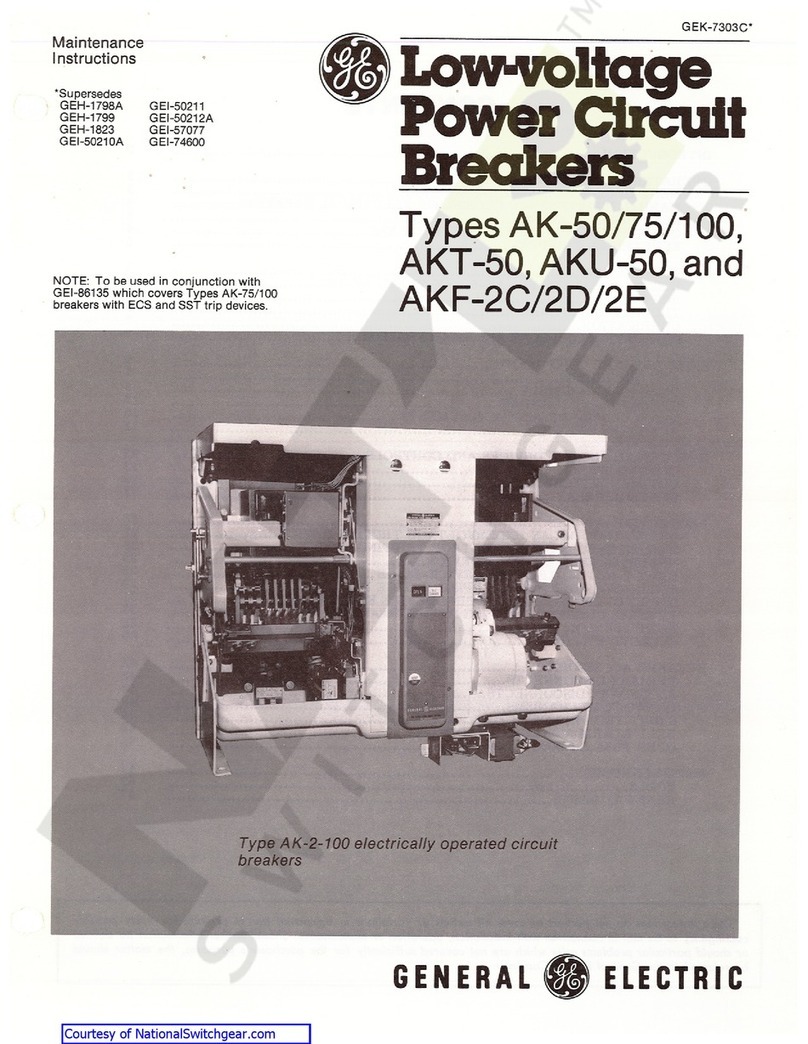
GE
GE AK-50 Series Technical specifications
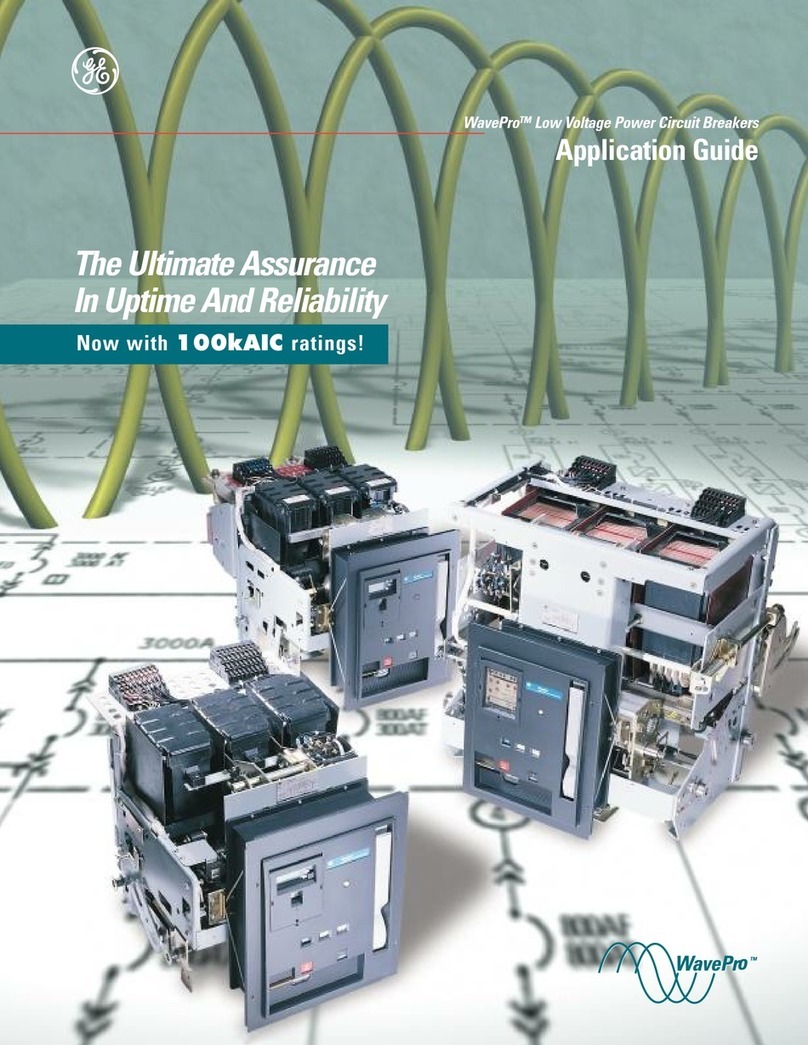
GE
GE WavePro LVPCB User guide
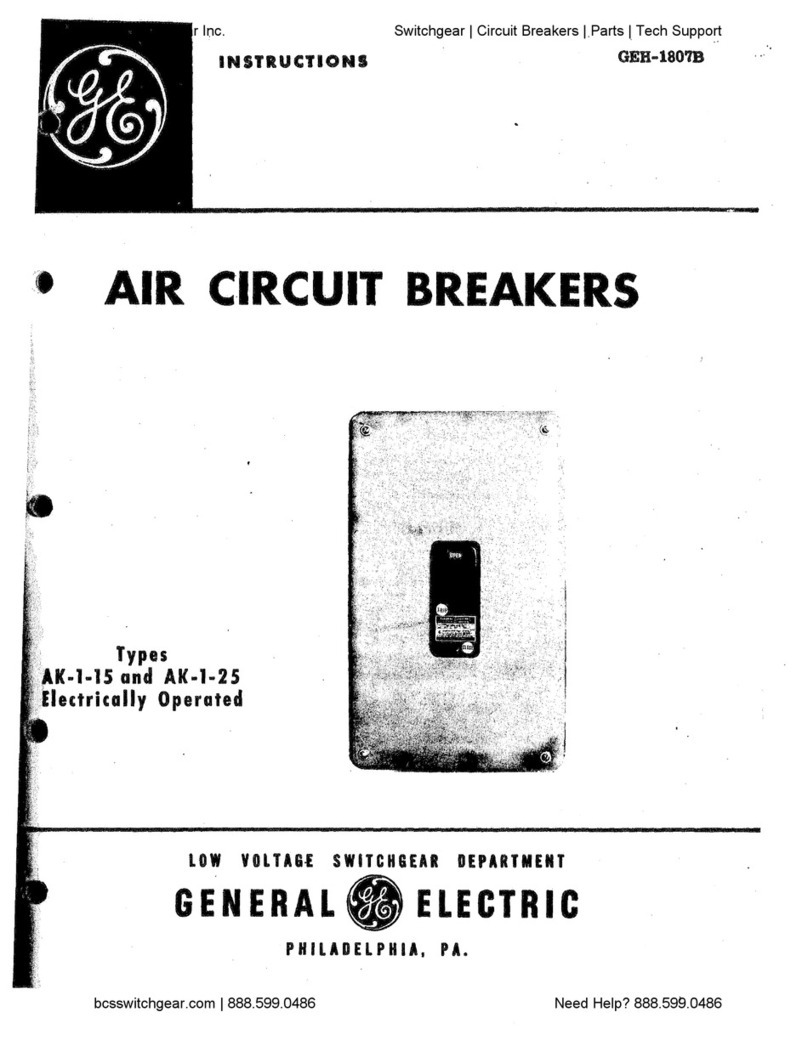
GE
GE AK-1-15 Series User manual
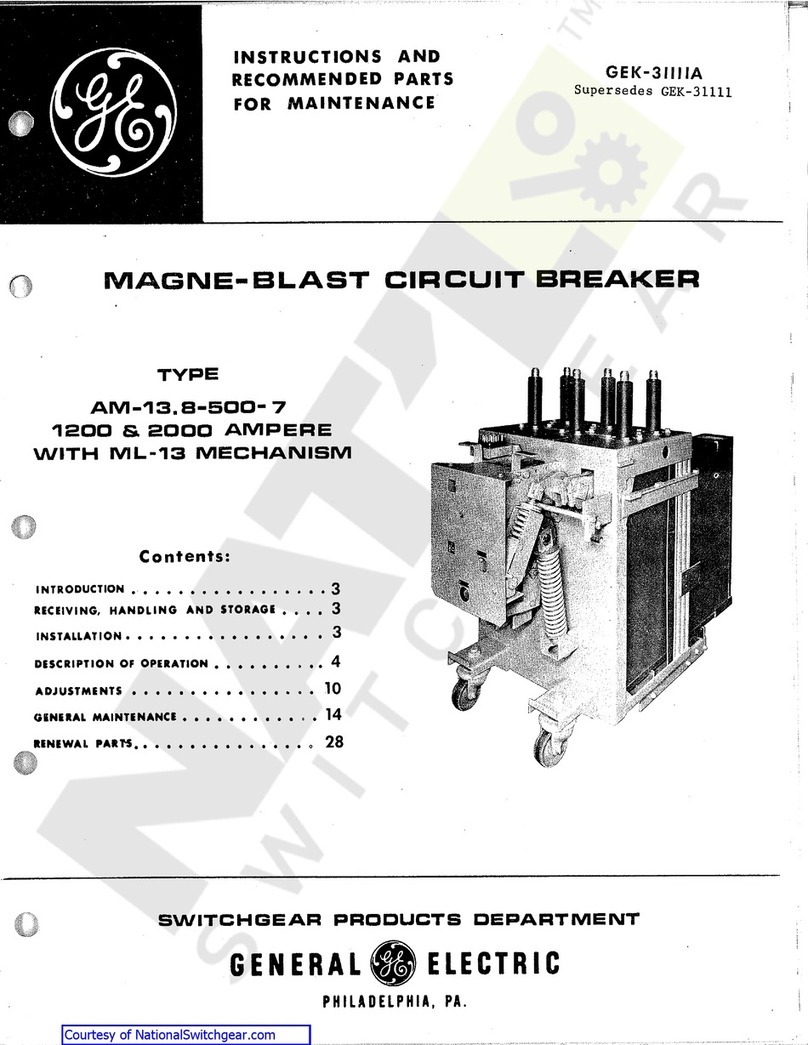
GE
GE AM-13.8-500-7 User manual
Popular Circuit Breaker manuals by other brands

WEG
WEG FHU ACW125 installation instructions

TERASAKI
TERASAKI NHP TemBreak PRO P160 Series installation instructions

Siemens
Siemens Sentron 3VA9157-0PK1 Series operating instructions

hager
hager TS 303 User instruction

ETI
ETI EFI-4B Instructions for mounting

Gladiator
Gladiator GCB150 Installation instruction
